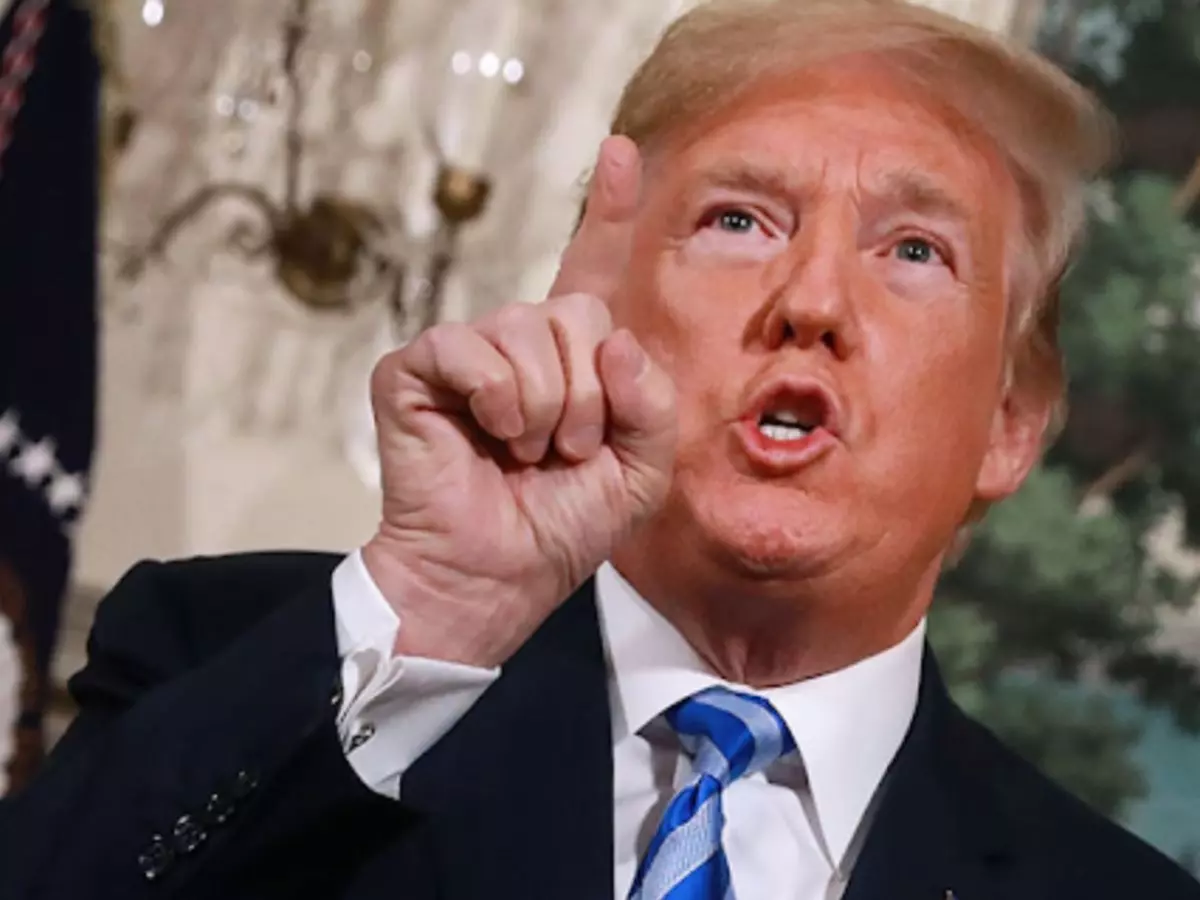US Supreme Court backs Donald Trump¡¯s move to end legal status for over 5 lakh migrants from four nations; here's what we know
The US Supreme Court has allowed the Trump administration to end temporary legal status for over 5 lakh migrants from Venezuela, Cuba, Haiti and Nicaragua, putting them at risk of deportation while a legal challenge to the move continues in lower courts.

The US Supreme Court on Friday allowed the Trump administration to end a Biden-era immigration parole program that had temporarily granted legal status to more than 5.3 lakh migrants from Venezuela, Cuba, Haiti, and Nicaragua. This order overturned a ruling by US District Judge Indira Talwani, who had previously blocked the administration¡¯s decision to terminate the program. While the case will continue in lower courts, the Supreme Court's decision puts hundreds of thousands at risk of deportation.
Who will be affected and what is Parole?
The court¡¯s ruling impacts around 532,000 migrants who were allowed to live and work in the United States under temporary legal status known as ¡°immigration parole.¡± The Biden administration used parole as part of its strategy to manage migration, particularly to deter illegal crossings at the US-Mexico border. Parole in such cases is permitted under US law for "urgent humanitarian reasons or significant public benefit."
In 2022, Biden introduced a two-year parole program for Venezuelans entering the US by air, subject to background checks and the support of a US-based financial sponsor. The initiative was later expanded in 2023 to include migrants from Cuba, Haiti, and Nicaragua.
 US President Donald Trump | Credit: X
US President Donald Trump | Credit: X
Trump moves to end humanitarian programs
On January 20, President Trump signed an executive order to end humanitarian parole programs. The Department of Homeland Security moved to terminate the program in March, effectively shortening the two-year grants and placing migrants at risk of fast-track deportation under an expedited removal process.
The Trump administration defended the move as a return to stricter immigration control. In its submission to the Supreme Court, the Justice Department said the lower court¡¯s ruling had disrupted ¡°critical immigration policies¡± that were central to Trump¡¯s reelection campaign.
Legal challenges and court opinions
The parole recipients and their US-based sponsors filed a legal challenge, arguing that the administration violated federal rules by terminating the program without the required case-by-case review. In April, Judge Talwani ruled that the government could not end the program through a blanket order.
The 1st US Circuit Court of Appeals refused to stay Talwani¡¯s ruling, prompting the administration to approach the Supreme Court in an emergency appeal.
The Supreme Court¡¯s unsigned decision did not include a written explanation. Justices Ketanji Brown Jackson and Sonia Sotomayor dissented. Jackson criticized the ruling, stating that the court had not properly weighed the potential impact of displacing such a large group of noncitizens whose legal claims remain unresolved.
Deportation risks and humanitarian concerns
The plaintiffs told the court that ending parole would separate families and lead to immediate deportation to countries marked by political instability and violence. They said many of those affected face real risks if returned to Venezuela, Cuba, Haiti, or Nicaragua. Since their asylum and immigration relief applications have been indefinitely suspended, losing parole status would leave them with few protections.
The Supreme Court¡¯s May 19 order also enabled the administration to proceed with ending Temporary Protected Status (TPS) for another group of 350,000 Venezuelans, also granted under Biden.
The latest decision reflects a broader effort by the Trump administration to reverse Biden-era immigration policies using emergency appeals and strengthen enforcement at the federal level.
